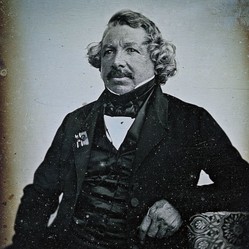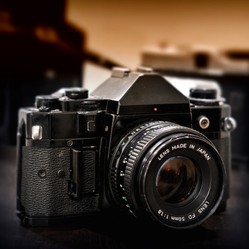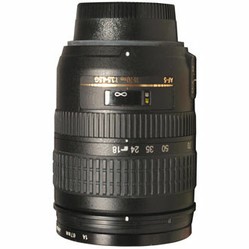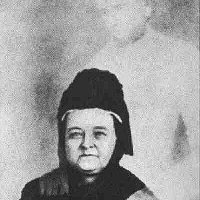In 1834, while Daguerre was working to improve his process, an Englishman named William Henry Fox Talbot began experimenting independently on ways of sensitizing paper to use it in the camera obscura. He succeeded in making a more sensitive paper than any made by Wedgwood and Davy, and with it he photographed the outlines of a latticed window in his home, Lacock Abbey, in August, 1835.
To sensitize the paper, Talbot used successive washings, first with a solution of common salt and then a solution of silver nitrate, to form silver chloride. While still wet, the paper was exposed in the camera obscura for about an hour, or until a visible image appeared; this was fixed by dissolving the unexposed silver chloride with a st rong solution of common salt. Subsequently, in 1839, at the suggestion of Sir John Herschel, he used hypo (sodium thiosulfate) as a fixing agent.
In January 1839, about the same time that Daguerre's process was publicly described in Paris by Arago, Talbot read a short paper and showed examples of his work at a meeting of the Royal Society in London. He called his process photogenic drawing.
Talbot apparently was fully aware of the shortcomings of his process and worked intensively to overcome them. He made an important discovery in the fall of 1840, when he found a method of developing the latent image. The sensitiveness of his paper had been increased greatly by using silver iodide instead of silver chloride, and by bathing the paper before exposure with a solution containing silver nitrate, acetic acid, and gallic acid.
After an exposure of about one minute, a very faint image could be developed fully by bathing the paper again in the silver nitrategallic acid solution. The negative image so obtained was then printed on another sheet of sensitized paper and developed in a similar manner, and a positive photograph was obtained.
Talbot called this improved process calotype; later it came to be known as talbotype in his honor.
Since the method had all the elements of photography as it is known today, including exposure and development of a latent image to form a negative from which a positive is printed, many historians call Talbot the father of modern photography.
The use of a paper negative, because of the inherent grain of the paper, limited the definition of the image.
A logical substitute for paper was sought by Claude Felix Abel Niepce de Saint Victor (1805-1870).
He chose glass, and in 1847 succeeded in coating it with egg white, or albumen, as the carrier for the silver iodide. Gallic acid was used for development. The quality of the resulting negative image was said to be good and of fine grain.






 Photographic Styleon 10/14/2011
Photographic Styleon 10/14/2011
 Interchangeable Lenseson 09/28/2011
Interchangeable Lenseson 09/28/2011
 Negative Blisters and Blemisheson 09/17/2011
Negative Blisters and Blemisheson 09/17/2011
 Photographyon 08/22/2011
Photographyon 08/22/2011




Comments
Very interesting!